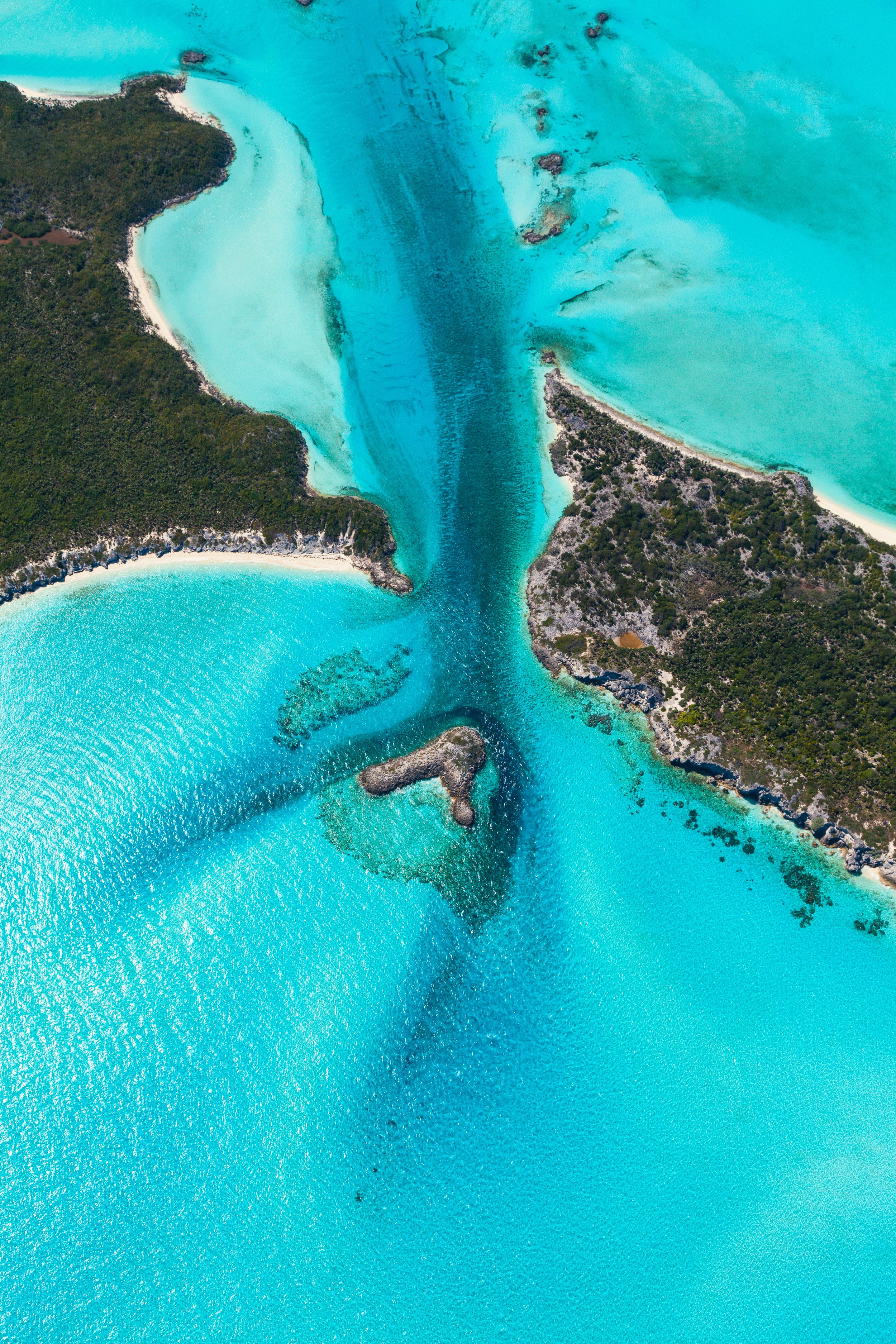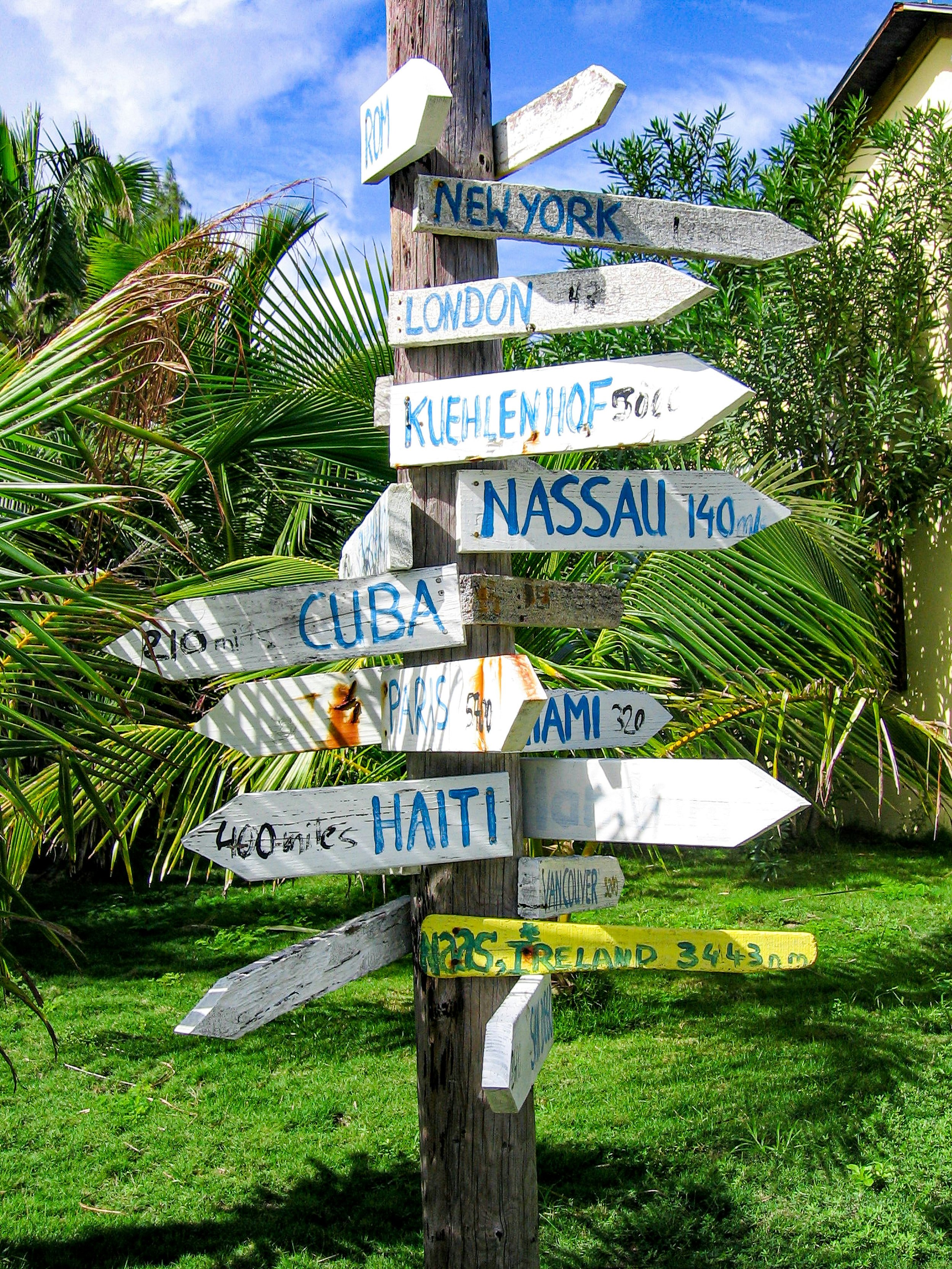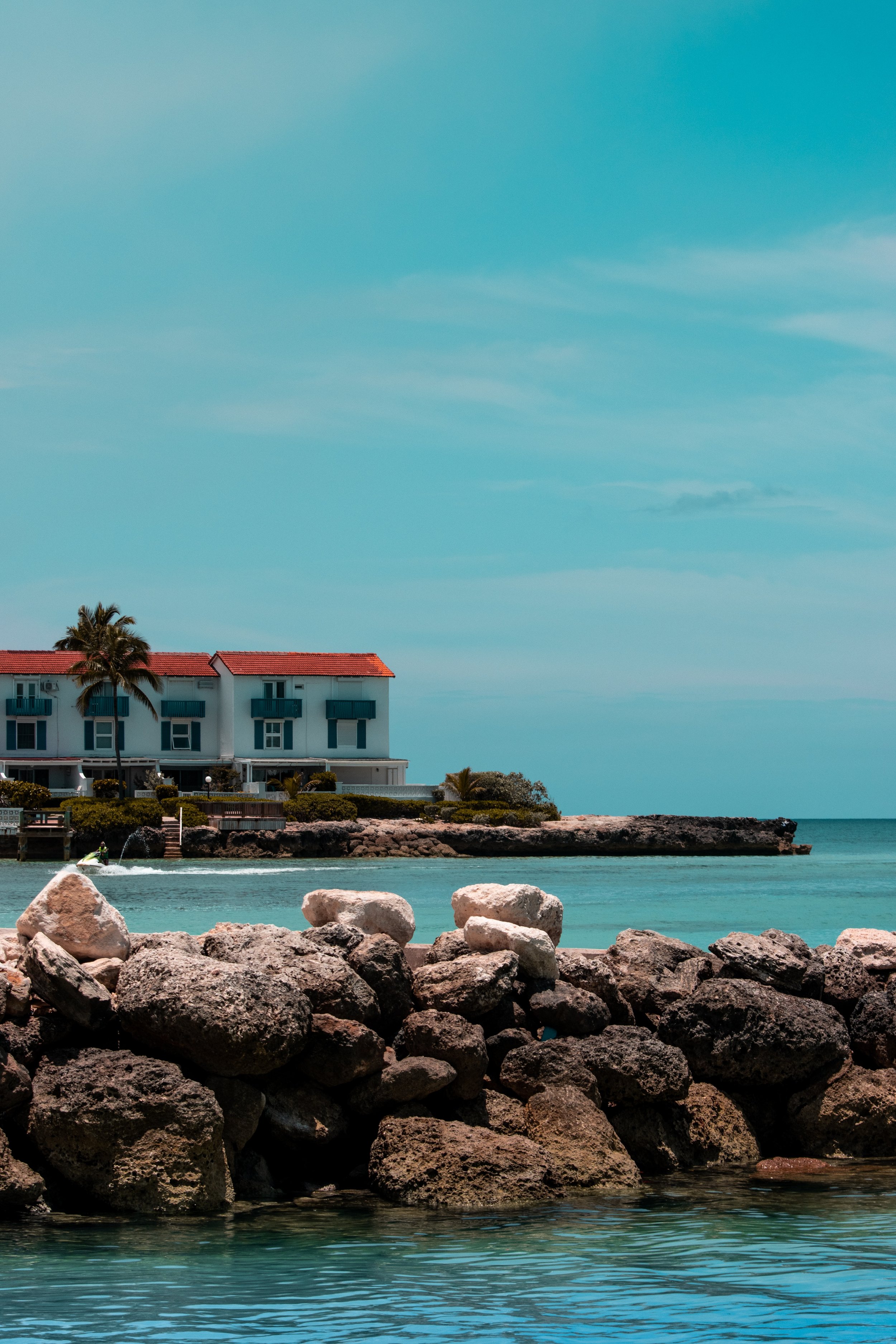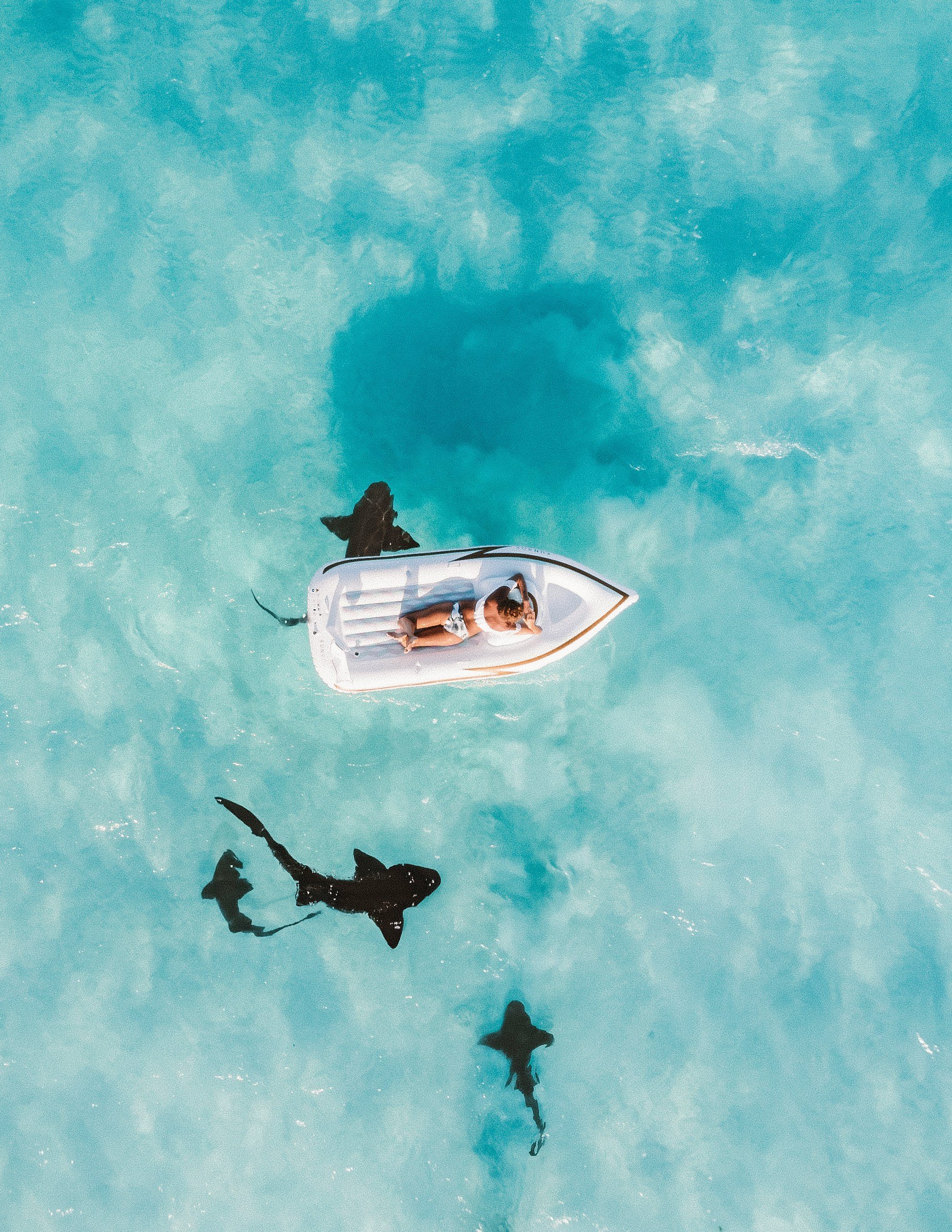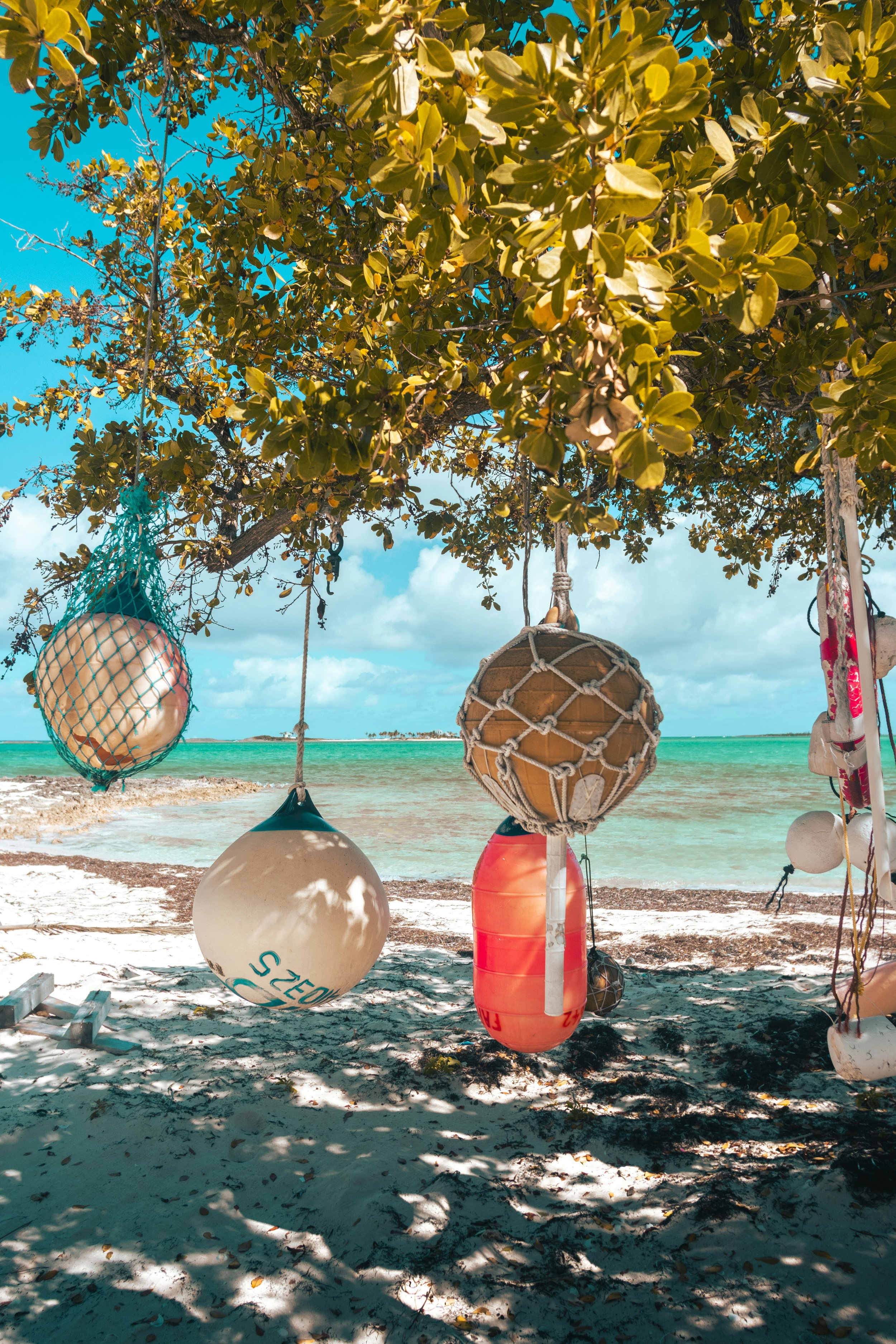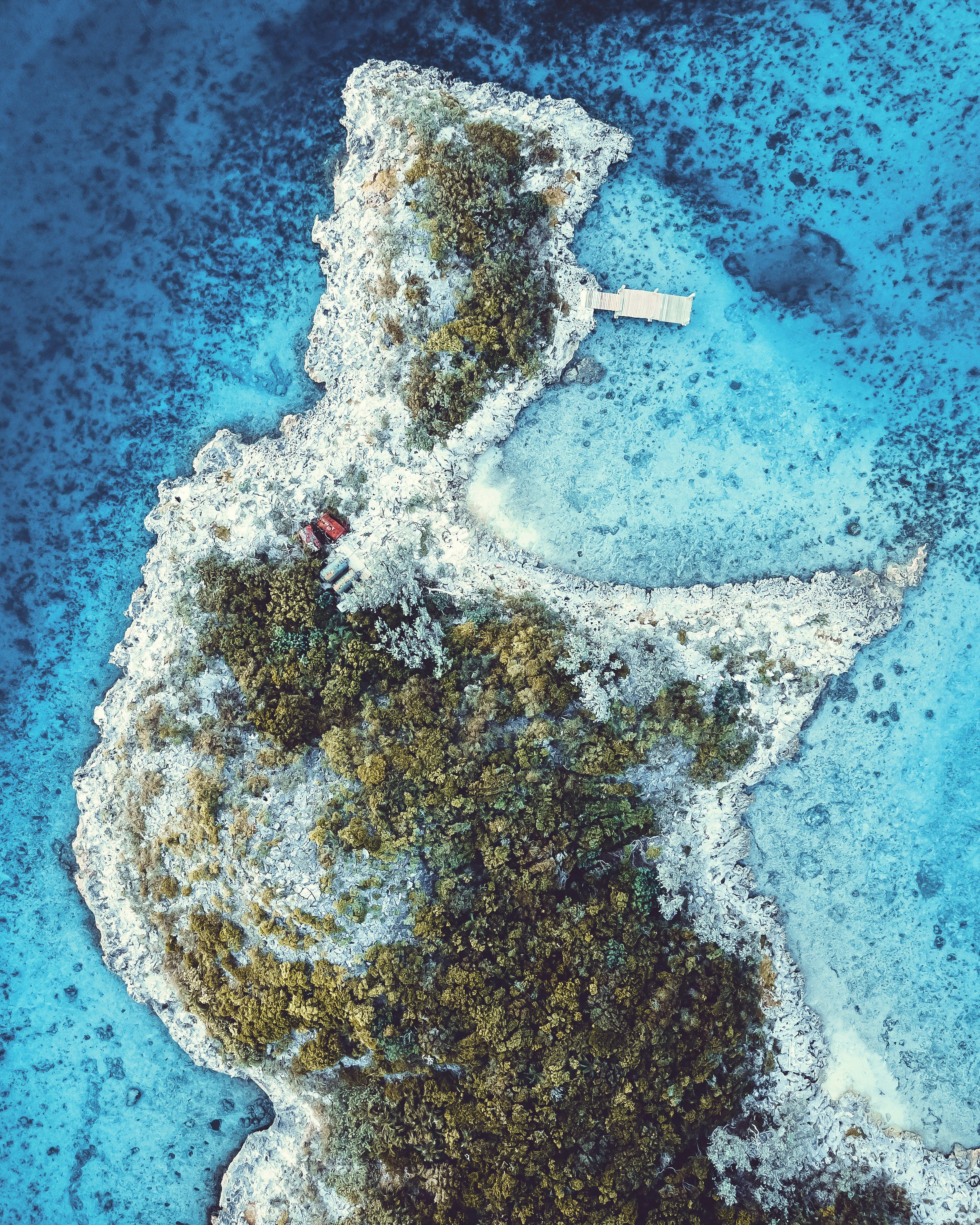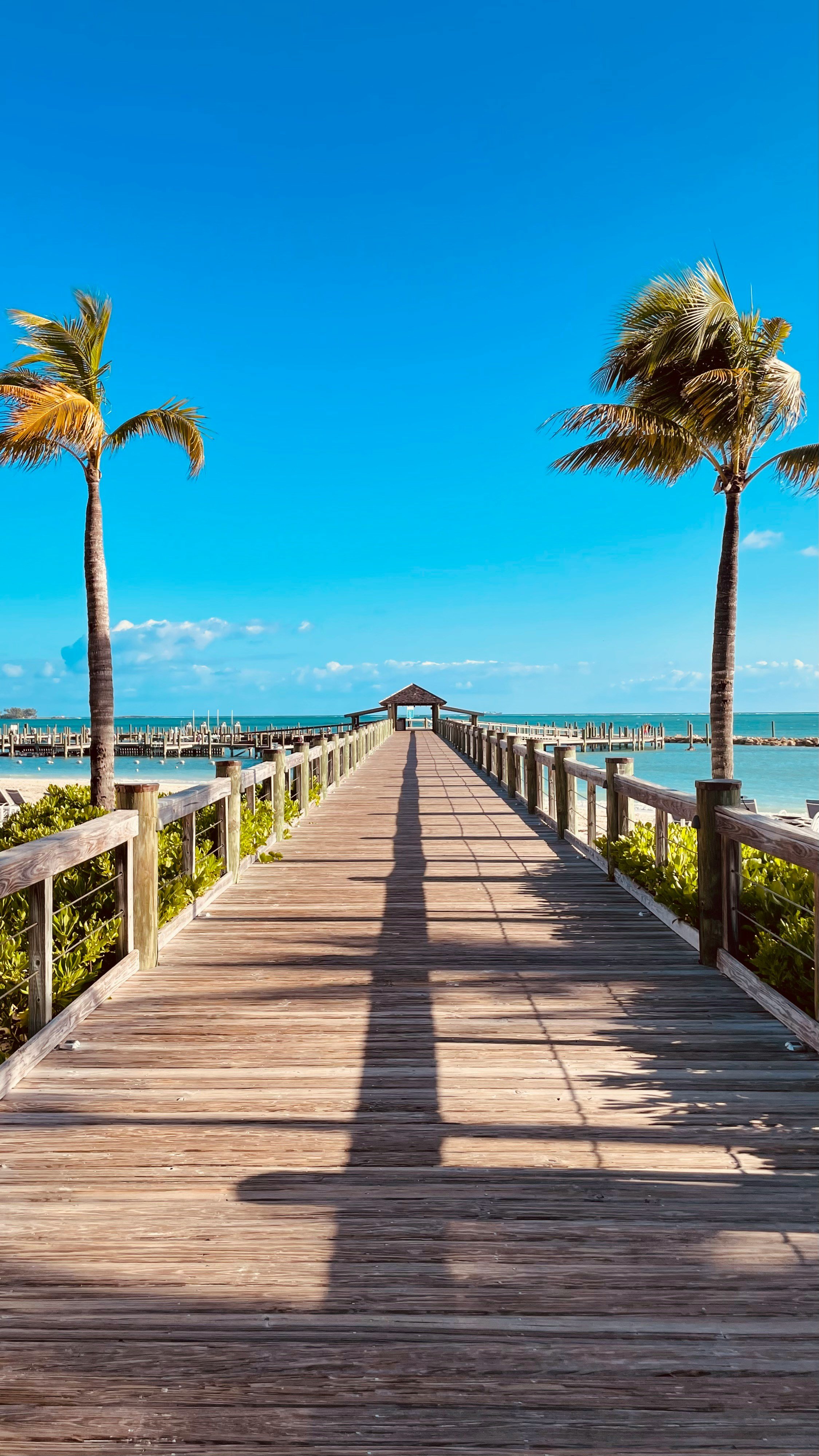Welcome to Bahamas
The Bahamas, an archipelago in the Atlantic Ocean, is known for its stunning beaches, clear turquoise waters, and vibrant culture. Comprising over 700 islands and cays, the Bahamas is a popular tourist destination and a prominent hub for international banking and financial services. Its rich history, shaped by Indigenous cultures, European colonization, and African heritage, is reflected in its diverse society. The country has a high standard of living compared to many Caribbean nations but faces challenges related to economic inequality, environmental conservation, and infrastructure development in its more remote islands.
-
The Bahamas has a population of approximately 400,000 people. Most residents live on New Providence Island, where the capital, Nassau, is located. Despite being an archipelago of over 700 islands, only about 30 of them are inhabited.
-
The population of the Bahamas is relatively youthful, with a median age of around 32 years. However, there is a noticeable trend of aging as life expectancy increases, and the younger population faces economic migration challenges.
-
The majority of Bahamians, around 85%, are of African descent, a legacy of the transatlantic slave trade. The remaining population is primarily of European, Asian, and mixed ancestry, reflecting the islands' colonial and migratory history.
-
The Bahamian economy relies heavily on tourism and offshore financial services, contributing to its relatively high GDP per capita in the Caribbean. However, income inequality persists, and some communities face challenges related to access to education and job opportunities.
-
English is the official language and widely spoken throughout the Bahamas. A local dialect known as Bahamian Creole or Bahamian English is also prevalent, blending African, European, and island influences.
-
The Bahamas boasts a literacy rate of over 95%, with free public education available to all citizens. Higher education institutions, including the University of the Bahamas, offer opportunities for advanced learning, although many students seek education abroad.
-
Healthcare in the Bahamas is a mix of public and private services. While urban centers like Nassau and Freeport have well-equipped hospitals, access to quality healthcare can be limited in remote islands, often requiring medical evacuation.
-
Approximately 85% of Bahamians live in urban areas, particularly Nassau and Freeport. The infrastructure is well-developed in these hubs, with modern transportation, utilities, and communication systems. In contrast, the Out Islands have limited infrastructure.
-
Tourism accounts for nearly 60% of the Bahamian economy, making it a vital sector. While it creates jobs and generates revenue, it also strains natural resources and raises environmental concerns, especially regarding coastal ecosystems and waste management.
